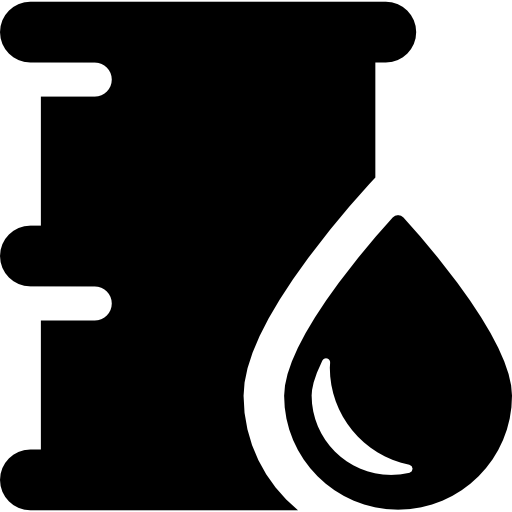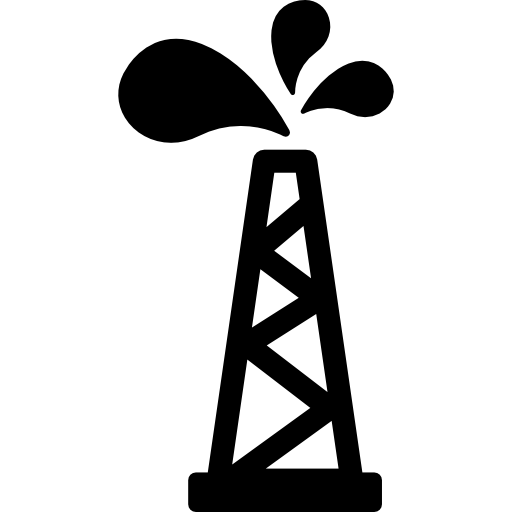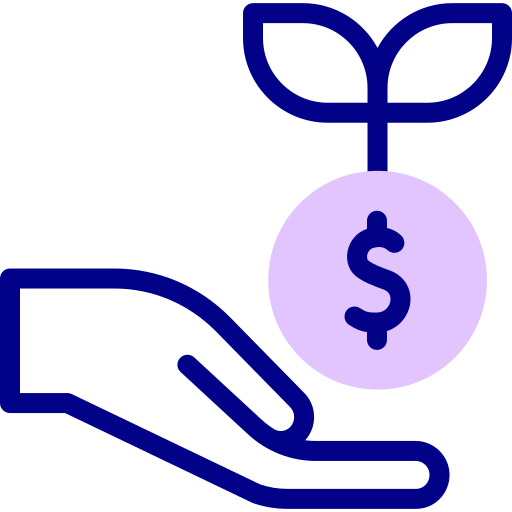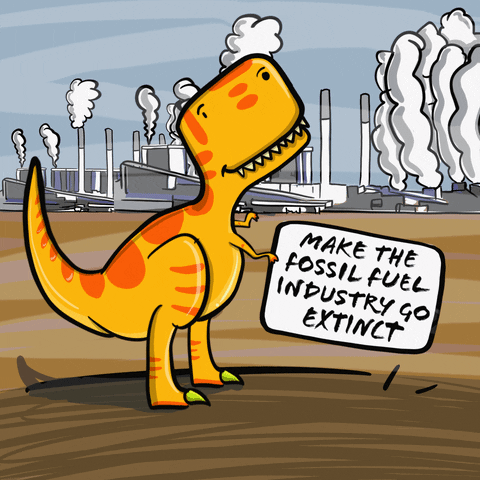A clean energy future is within reach!

Canada, for example, has the potential to be a climate leader:
Climate action is a high priority for voters.
Businesses are taking climate commitments more seriously.
We can lead the way with renewable resources and sustainable practices.
But because the oil and gas sector has a large national presence, it can be hard to imagine a future free of fossil fuels.
Many countries like Canada have fallen for a number of myths about the relationship between the economy and the environment. These myths are getting in the way of a cleaner energy future.
Myth #1: Canada's Impact On Emissions Is Low

"Canada only produces 2% of the world’s greenhouse gases — our impact is insignificant."
It's true that we produce a small amount of total global greenhouse gas output, but that doesn’t mean we're insignificant.
 Per capita, we're the 10th biggest producer of greenhouse gases.
Per capita, we're the 10th biggest producer of greenhouse gases.
The average Canadian household produces 4.1 tonnes of emissions a year, and this number is rising. This measure doesn’t include the downstream emissions of all the gasoline we export to the US.
The fact that we don't manufacture our own goods or refine our own fuels doesn't mean we're not responsible for the climate impact that these processes make. These emissions are held in other countries even though these goods end up in our hands.
This kind of “passing the buck” is used to justify inaction for all countries, corporations, and individuals, but this is a problem that requires action from EVERYONE — even the largest emitters taking action won’t be enough. We all need to do our fair share.

Reality Check
If we don’t start winding down our development of fossil fuels, we WILL be responsible for a much bigger impact.
Canada holds 10% of the world’s oil reserves, 97% of that being in the oil sands. We must “leave it in the ground” and transition to a greener economy if we are to keep our emissions low.
Myth #2: Canada's Oil Is "More Ethical"

"Canada’s oil is highly regulated and more ethical than other countries we import from, so we should mine and process our own oil."
It's true that Canada mostly imports its crude oil, but the majority of that oil comes from the US, not from other countries with poorer human rights records.
 Canada's oil and gas production has negative impacts on Indigenous communities, natural environments, and wildlife.
Canada's oil and gas production has negative impacts on Indigenous communities, natural environments, and wildlife.
Much of our domestic oil production happens in the oil sands of Western Canada, where oil companies extract bitumin — a thick substance that's less pure than conventional crude oil — from underground reserves.
Producing usable oil from bitumen is an energy-intensive process that uses up a lot of fresh water. It also pollutes the air and water of surrounding areas with toxic byproducts, with devastating effects on nearby Indigenous communities and local wildlife.

Reality Check
Even if Canada increases its use of domestic oil for domestic use, we can't let ourselves believe that it's a more ethical choice.
Myth #3: We Need To Invest More In Oil And Gas

"The economy will suffer if we don’t invest in the oil sands."
It's true that the oil and gas sector has provided a lot of jobs over the years in Canada, but oil and gas employment has been dropping in the last several years.
 The environmental sector is growing, while oil and gas are declining.
The environmental sector is growing, while oil and gas are declining.
Oil and gas employment has been dropping in the last several years, while the environmental sector is expected to grow by 8% by 2029. There were over 620,000 environmental jobs in Canada in 2019.
Fewer than 80,000 people work in oil and gas and employment in this area is on a downward trend.

Reality Check
Green jobs are not only a necessity to battle climate change, they're a big economic opportunity too!
Myth #4: Canada Can't Afford Renewable Energy

"Renewable energy and other technologies are too expensive!"
There's a perception that renewable energy comes with high costs, but this isn't true!

The cost of producing electricity from renewables has fallen steadily, and even dramatically.
The International Energy Agency says we have the technologies we need to meet emissions targets, but we need more research and development to drive down prices, and a better look at how green technology can be inclusive and uplift communities.
In the long term, the shift to renewables is a shift to creating energy where your community is located rather than importing it in. It’s kind of like the agricultural revolution, when we started farming and didn’t have to rely on being hunter-gatherers anymore for our food.

Reality Check
If we miss out on the clean energy transition, our communities will be left behind.

Myth #5: Renewable Energy Isn't Reliable

"What if the sun doesn't shine or the wind doesn't blow?"
It's true that renewable energy technologies depend on varying levels of wind, water, and sun to produce power but these technologies have come a long way since they were invented.

Renewable energy sources are, in fact, more reliable than conventional sources.
Germany has one of the most reliable energy grids in the world, as over half of the grid’s sources are renewable.
What happens when wind and sun are in short supply? It's not so different from conventional forms of energy, when nuclear plants have to go offline for maintenance, or coal plants have unexpected interruptions of coal supply.

Reality Check
As battery storage and investments in “smart grids” get better, renewables will become one of the most reliable forms of energy.
Myth #6: Climate Change Is A Future Problem

"There's still lots of time to address climate change."
People might think that climate change will take a few decades to really kick in, but scientists predict that climate change is accelerating faster than originally predicted.
Even Canada is warming twice as fast as the rest of the world.
 Climate change is happening now.
Climate change is happening now.
Over half of the world’s population is already vulnerable to climate change. In fact, we're already seeing climate change impacts on global food supplies, increasing migration, conflict, disease, and global instability.
The most recent International Panel on Climate Change report in February 2022 said in no uncertain terms that humanity is moving much too slowly to address climate change.

Reality Check
If we don't act soon, the effects of climate change will only get worse for every nation.
Take Action

We're getting closer to a clean energy future!
The world needs to transition away from a fossil fuel economy to become a global climate leader.
It's an opportunity Canada and other nations can't afford to miss out on!
Click the links below for more Climate Communication Bytes!
Byte 1: Can I talk to people about climate change even if I'm not an expert?
Byte 2: 7 things people get wrong about climate change
Byte 3: 6 myths we need to confront if we want a clean energy future
Byte 4: Why we need a new approach to climate change conversations
Byte 5: Why aren't people more worried about climate change?
Byte 6: 5 things to consider before you start a conversation about climate change
Byte 7: 6 ways to have better conversations about climate change
Byte 8: What is the climate change “spectrum of engagement”?
Byte 9: How will the "messaging triangle" help me talk to people about climate change?

These Bytes were created with the assistance of Generation Climate.

Your feedback matters to us.
This Byte helped me better understand the topic.
